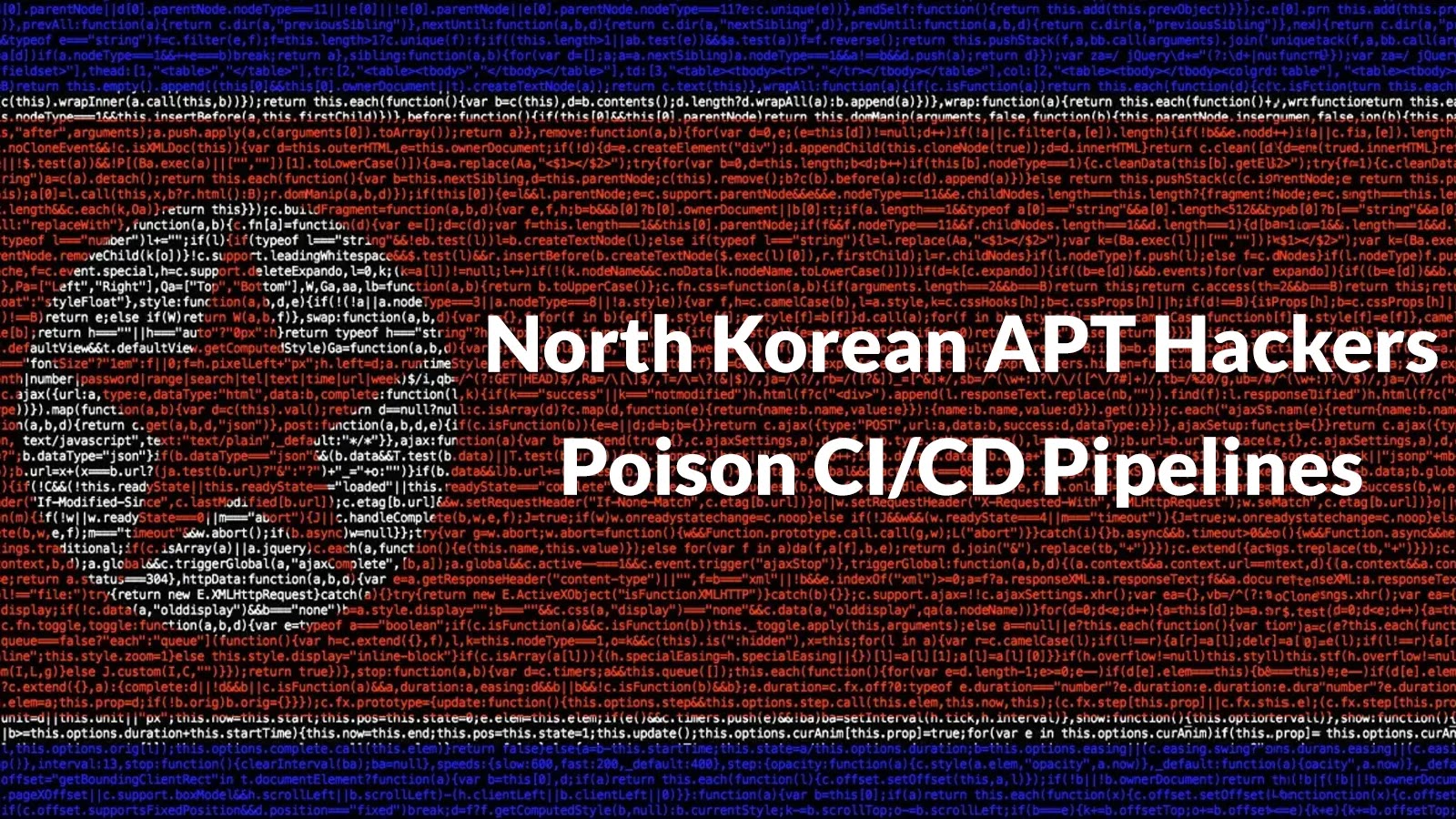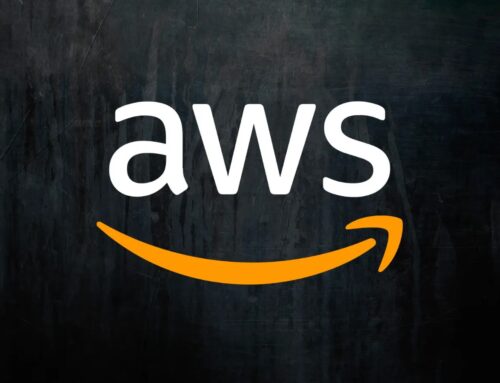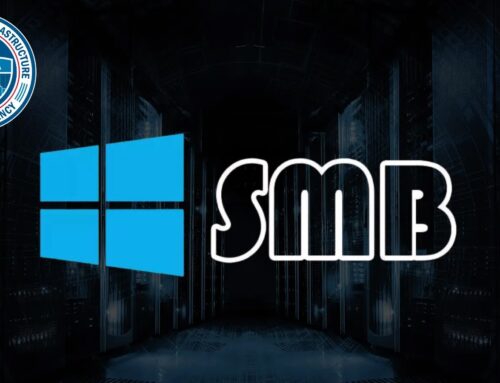
North Korean APT Hackers Poison CI/CD Pipelines To Exfiltrate Sensitive Data
North Korean APT Hackers Poison CI/CD Pipelines: A New Frontier in Cyber Espionage
The digital landscape is a constant battleground, and state-sponsored threat actors continually evolve their tactics. A recent and alarming development reveals that the North Korea-backed Lazarus Group has significantly escalated its cyber espionage efforts by targeting the very foundation of modern software development: open-source software ecosystems and continuous integration/continuous delivery (CI/CD) pipelines. This sophisticated operational shift transforms trusted developer tools into potent weapons, embedding malicious code directly within popular package registries and turning development infrastructure against its users. Understanding this new threat vector is crucial for organizations striving to maintain robust security postures.
Understanding the Threat: CI/CD Pipeline Poisoning
CI/CD pipelines are the automated backbone of contemporary software development. They orchestrate everything from code compilation and testing to deployment. Their efficiency and automation make them indispensable, but also present a lucrative attack surface for sophisticated persistent threats (APTs).
- Supply Chain Compromise: The Lazarus Group’s strategy centers on a deep supply chain compromise. By injecting malicious code into widely used open-source packages, they ensure that any project utilizing these tainted dependencies is inherently vulnerable. This is a “set it and forget it” approach for the attackers, allowing them to passively infect numerous downstream targets.
- Trusted Tools as Weapons: The insidious nature of this campaign lies in its subversion of trust. Developers rely on package registries like npm, PyPI, and RubyGems for efficient development. When these sources are poisoned, legitimate tools become vectors for espionage, making detection significantly challenging.
- Exfiltration of Sensitive Data: The ultimate goal of this CI/CD pipeline poisoning is the exfiltration of sensitive data. This could include intellectual property, proprietary source code, credentials, customer data, or internal communications, all of which hold immense value for state-sponsored espionage.
The Modus Operandi of the Lazarus Group
The Lazarus Group, known for its audacious and destructive cyber operations, has demonstrated a high degree of technical prowess and strategic foresight in this campaign. Their attack methodology involves:
- Disguised Malicious Packages: The group crafts malicious packages that often mimic legitimate, popular libraries or offer seemingly useful new functionalities. This social engineering aspect lures unsuspecting developers into incorporating the compromised code into their projects.
- Embedded Backdoors: Once integrated into a project’s dependencies, the malicious code inserts backdoors or establishes covert communication channels. These allow the attackers persistent access to the compromised development environment or the built applications.
- Data Harvesting: The embedded malware then systematically searches for and exfiltrates sensitive information. This process can be highly targeted, focusing on specific file types, database contents, or credential stores within the development or production environments.
- Evasion Techniques: To avoid detection, the malicious code often employs sophisticated evasion techniques, such as polymorphic code, encrypted communications, and delayed activation, making it harder for traditional security solutions to flag them as threats.
Remediation Actions and Proactive Defenses
Mitigating the threat of CI/CD pipeline poisoning requires a multi-layered approach, focusing on robust security practices across the entire software development lifecycle (SDLC).
- Implement Strict Package Management:
- Software Bill of Materials (SBOM): Generate and maintain comprehensive SBOMs to track all components and their dependencies within your applications. This provides visibility into your software supply chain.
- Dependency Scanning: Integrate automated dependency scanning tools into your CI/CD pipelines. These tools can identify known vulnerabilities in third-party libraries. While not foolproof against zero-day supply chain attacks, they are essential for known threats.
- Private Package Registries: Consider
using private, sandboxed package registries to proxy external dependencies after meticulous vetting.
- Enhance Code Security Practices:
- Code Review and Auditing: Conduct thorough code reviews, especially for new or updated dependencies. Look for unusual code, obfuscation, or unnecessary permissions.
- Static Application Security Testing (SAST): Implement SAST tools to analyze source code for security vulnerabilities before deployment.
- Dynamic Application Security Testing (DAST): Employ DAST tools to test applications in a runtime environment, simulating attacks to identify vulnerabilities.
- Secure CI/CD Infrastructure:
- Least Privilege: Apply the principle of least privilege to all CI/CD system accounts and execution environments. Limit access to only what is necessary for operations.
- Network Segmentation: Isolate CI/CD environments from production networks to limit lateral movement in case of a breach.
- Regular Audits of CI/CD Configurations: Periodically review and audit CI/CD pipeline configurations for misconfigurations, exposed secrets, and unauthorized changes.
- Developer Education and Awareness:
- Security Training: Train developers on secure coding practices, recognizing phishing attempts, and understanding supply chain risks.
- Verify Sources: Encourage developers to verify the authenticity and integrity of open-source packages before incorporating them.
Recommended Security Tools
| Tool Name | Purpose | Link |
|---|---|---|
| OWASP Dependency-Check | Identifies known vulnerabilities in project dependencies. | https://owasp.org/www-project-dependency-check/ |
| Snyk | Automated security for code, dependencies, containers, and infrastructure as code. | https://snyk.io/ |
| Veracode | Provides SAST, DAST, and software composition analysis (SCA) to identify vulnerabilities. | https://www.veracode.com/ |
| Sonatype Nexus Repository | Manages and proxies software components, enabling policy enforcement. | https://www.sonatype.com/products/nexus-repository |
| Trivy | A comprehensive scanner for vulnerabilities in images, filesystems, and Git repositories. | https://aquasecurity.github.io/trivy/ |
Conclusion
The infiltration of open-source software ecosystems and CI/CD pipelines by the Lazarus Group signals a significant escalation in state-sponsored cyber espionage. This shift demands a proactive and adaptable cybersecurity strategy from organizations. Relying on traditional perimeter defenses is no longer sufficient when the threat originates from within the supply chain itself. By prioritizing robust supply chain security, implementing rigorous code analysis, and securing development infrastructure, organizations can significantly strengthen their defenses against these sophisticated and evolving threats. Vigilance and continuous improvement of security practices are paramount in this new era of cyber warfare.





